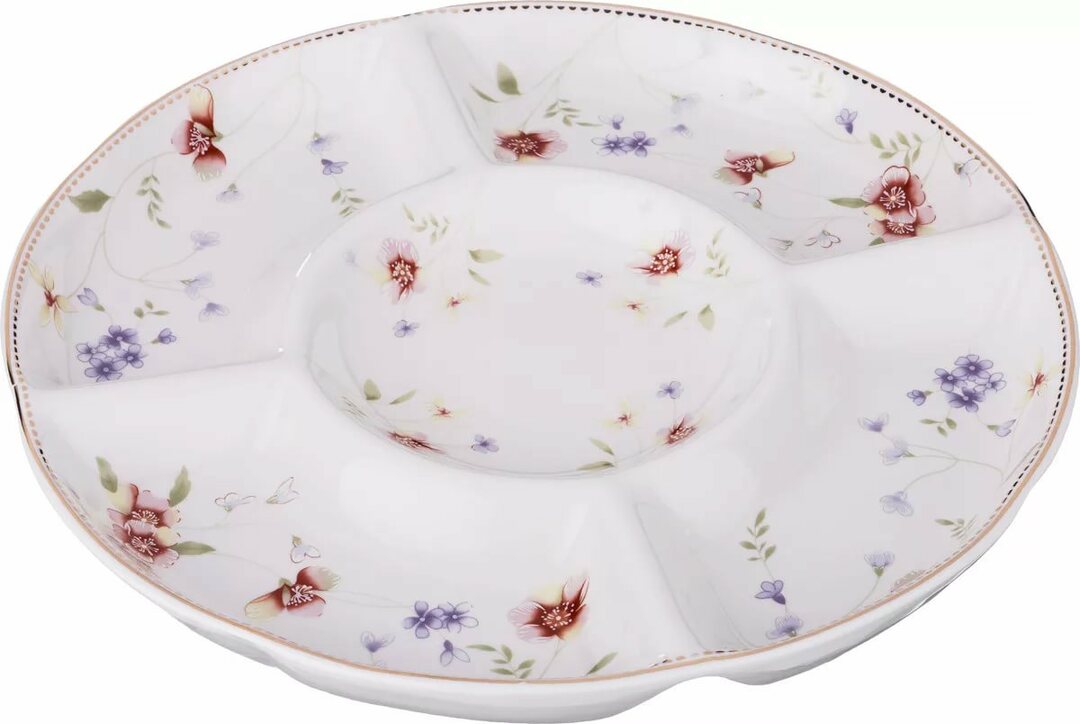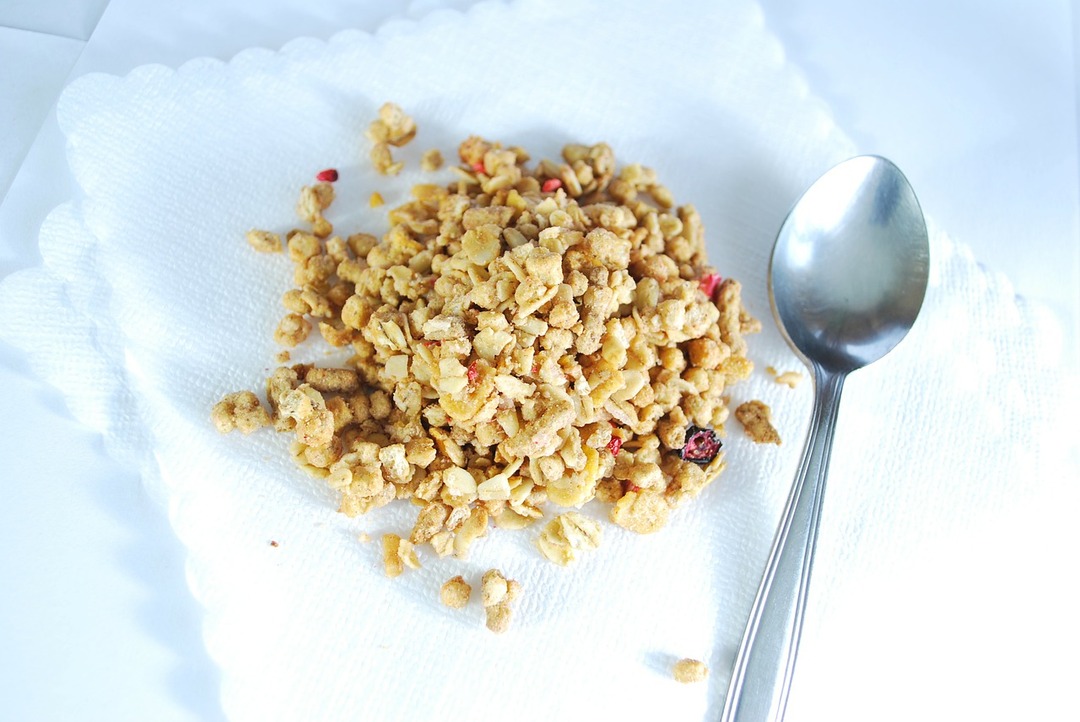Plastic bottles for water have long and firmly entered our lives. We buy five-liter containers of clean water in stores and fill them in vending machines when the liquid runs out. But at the same time, we think a little about what, in fact, these bottles are made of and whether the material is so safe.
The content of the article
-
What are plastic water bottles made of?
- Material history
- Advantages and disadvantages
- Features of production
- What are plastic bottle caps made of?
What are plastic water bottles made of?
Progress is taking place by leaps and bounds, so the production of light PVC containers has long been put on stream, despite the fierce protests of the manufacturers of glass and aluminum packaging.
PET containers and the material for it were invented many years ago. However, the development of industry has lasted only forty years.
Material history
Polyethylene terephthalate is the exact chemical name for the base used in the production of food containers. It is popularly called lavsan, thermoplastic or polyester.
The material was invented back in 1941 by the American enthusiast Nathaniel Wyeth. Bottles from such plastic began to be produced only forty years later. At the same time, the inventor was awarded for the creation of strong, durable and relatively safe raw materials.
The main advantages that conquered the manufacturers were light weight, strength and tightness. In addition, its cost was low compared to glass and aluminum. Production bottles does not differ in increased complexity and high cost.
@ apps.tsn.go.tz
Advantages and disadvantages
The differences between plastic bottles and glass and aluminum containers are obvious. They have a number of undeniable advantages:
- Accuracy of sizing in the manufacture of containers.
- Passivity in relation to food products placed inside.
- Possibility of multiple opening and closing.
- Resistant to pressure when placing carbonated drinks.
Various liquids can be poured into the bottle. Including alcohol, oils, or weak acids. In addition, they are easy to recycle and reuse.
The main disadvantage of the containers is considered to be excellent gas permeability. This indicates a significant reduction in the shelf life of carbonated products. Otherwise, it is a safe and inexpensive container.
Features of production
In industrial plants, granules are used, from which (subject to technology) the finest material is obtained. Initially, excess moisture is removed from them. For these purposes, there are special drying installations, since this is an extremely important stage.
When moisture gets in, cavities and porosity of the material appear.
Next, the granules are melted and the coloring element is added. This is done to protect the future product from ultraviolet rays. Then, threaded preforms are formed. After the preforms are heated in an oven and sent for blowing until the final product is obtained.
What are plastic bottle caps made of?
The main condition for the production of corks is the ability to withstand several cycles of opening and closing the bottle. They are made from polypropylene or polyethylene, more often a block copolymer.
These materials are able to withstand high loads and do not wear out during storage of a sealed bottle. In addition, they can later be recycled and reused in the production of containers.
Recycled material is sold at competitive prices.
Plastic containers have long supplanted glass and aluminum. They are practical and can be reused several times and then recycled for re-shipment to industrial production.
Subscribe to our Social Networks


